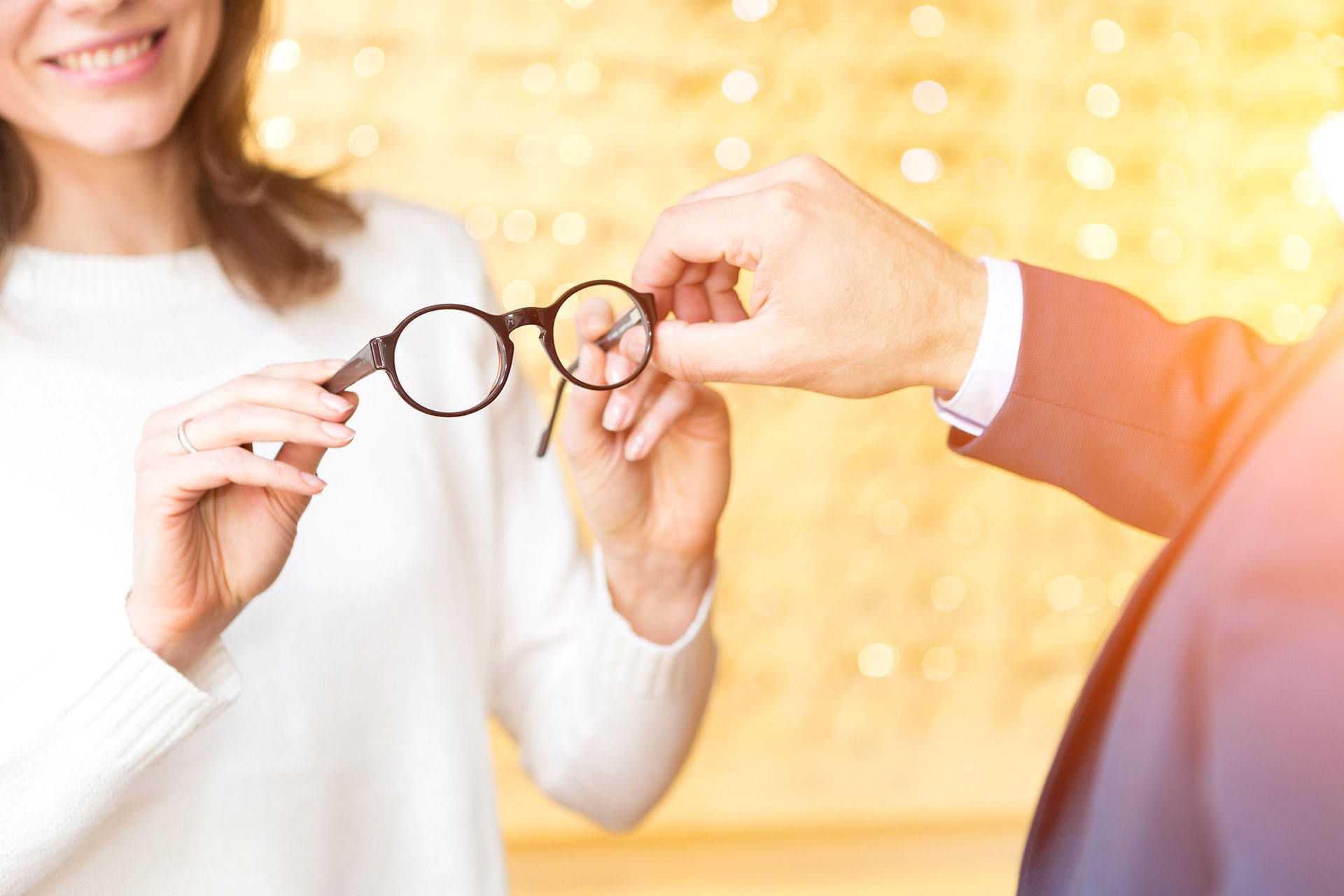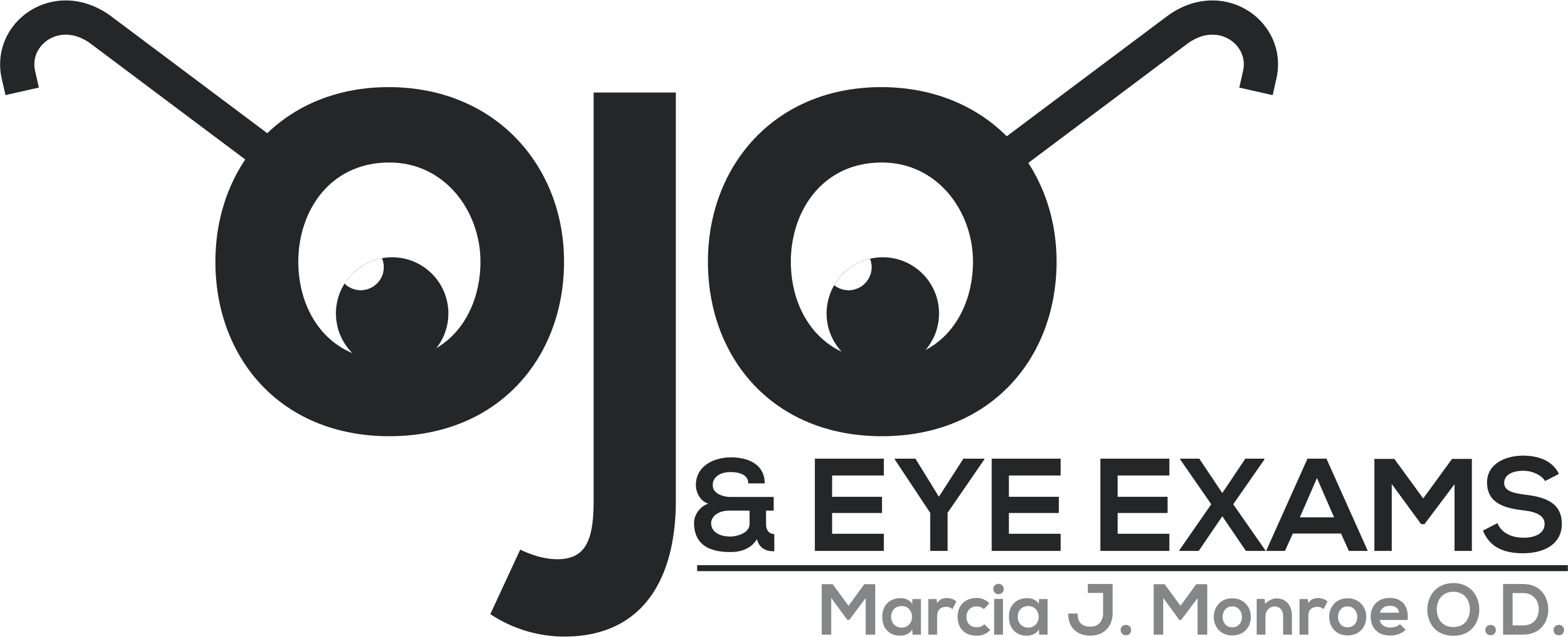Services
Our Services

Comprehensive Eye Exam
Eye examinations to evaluate the health of your eyes. The exams also can determine the eye glass and/or contact lens prescriptions. Read more about the importance of Comprehensive Eye Exams at AOA.org, American Optometrist Association.
Contact Lens Evaluation
If interested in wearing contact lenses, get off to the right start by seeing a doctor of optometry. A doctor will provide a thorough eye examination and an evaluation of suitability for contact lens wear. Information from AOA.org, American Optometric Association.
Foreign Body Removal
If you have a foreign object in your eye, prompt diagnosis and treatment will help prevent infection and potential loss of vision. This is especially important in extreme or intraocular cases.
Dry Eye Treatment
Dry Eyes can be diagnosed through a comprehensive eye examination. Treatments for dry eyes aim to restore or maintain the normal amount of tears in the eye to minimize dryness, related discomfort and to maintain eye health. Dry eyes can be a chronic condition, but a doctor of optometry can prescribe treatment to keep your eyes healthy and comfortable and to prevent your vision from being affected. (information from American Optometric Association)
Pediatric Eye Exam
Children starting at age 6 months need to have their first eye examination. 80% of learning in pre-school and school is through visual information. Make sure your child sees clearly in order to be successful in school.
Refraction Eye Exam
Refractive errors are a type of vision problem that makes it hard to see clearly. They happen when the shape of your eye keeps light from focusing correctly on your retina (a light-sensitive layer of tissue in the back of your eye). Refractive errors are the most common type of vision problem. More than 150 million Americans have a refractive error – but many don’t know that they could be seeing better. That’s why eye exams are so important. (information from National Eye Institute).
ConditionsWe Treat
Conjunctivitis (Pink Eye)
is an inflammation or infection of the transparent membrane (conjunctiva) that lines your eyelid and covers the white part of your eyeball.
Astigmatism
is a type of refractive error in which the eye does not focus light evenly on the retina. This results in distorted or blurred vision at any distance.
Cataracts
is a dense, cloudy area that forms in the lens of the eye. A cataract begins when proteins in the eye form clumps that prevent the lens from sending clear images to the retina.
Myopia
or nearsightedness, is when your eyes do not focus light correctly so distant objects appear blurred while close objects appear clear.
Macular Degeneration
AMD is a common condition – it’s a leading cause of vision loss for people age 50 and older. AMD doesn’t cause complete blindness, but losing your central vision can make it harder to see faces, drive, or do close-up work like cooking or fixing things around the house. (information from National Eye Institute)
Diabetic Eye Exam
Diabetes can harm your eyes. It can damage the small blood vessels in your retina, the back wall of your eyeball. This condition is called diabetic retinopathy. Diabetes also increases your risk of glaucoma and other eye problems. You may not know your eyes are harmed until the problem is very bad. Your doctor can catch problems early if you get regular eye exams. This is very important. The early stages of diabetic retinopathy don’t cause changes in vision and you won’t have symptoms. Only an eye exam can detect the problem, so that steps can be taken to prevent the retinopathy from getting worse. (information from U.S. National Library of Medicine.
